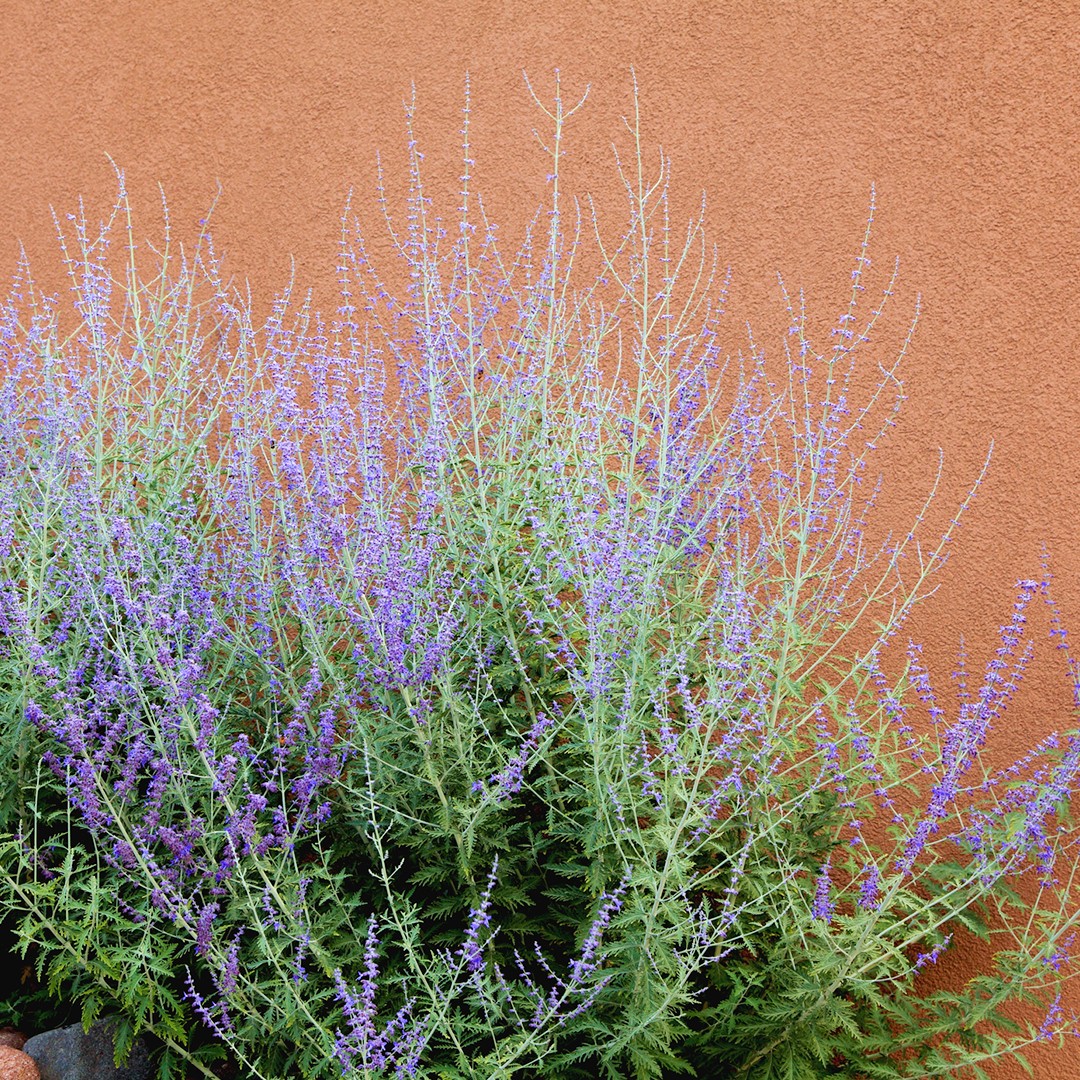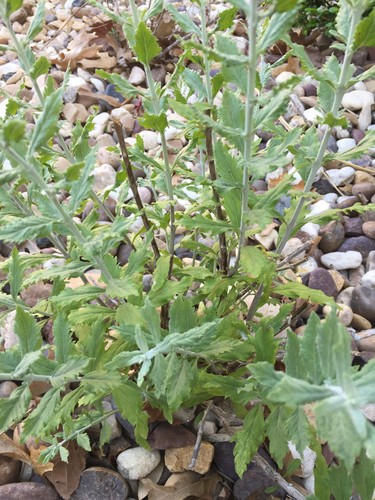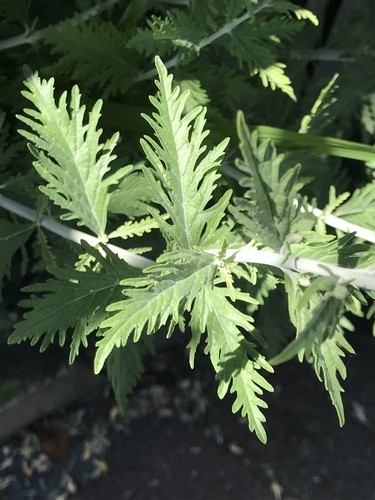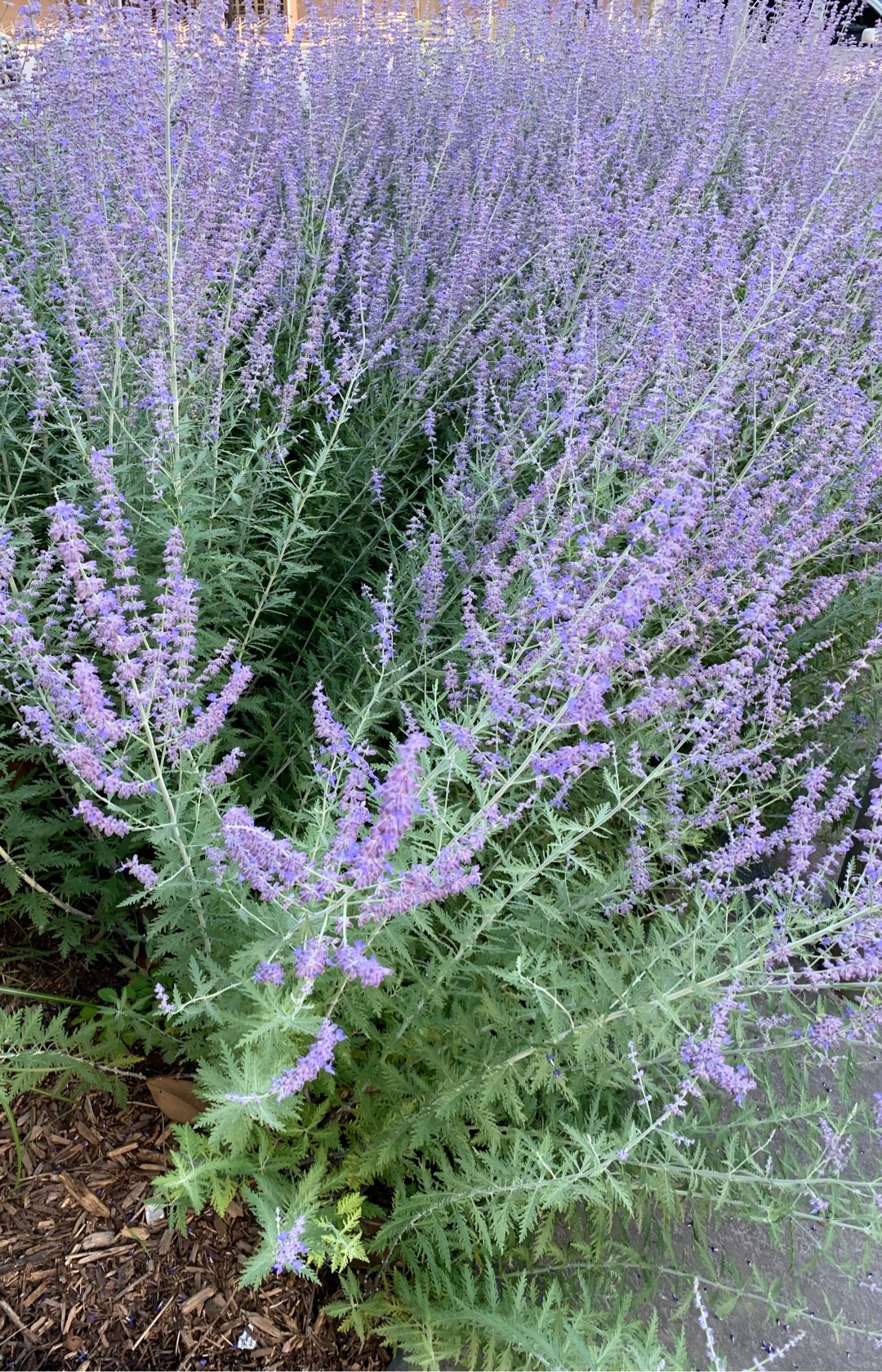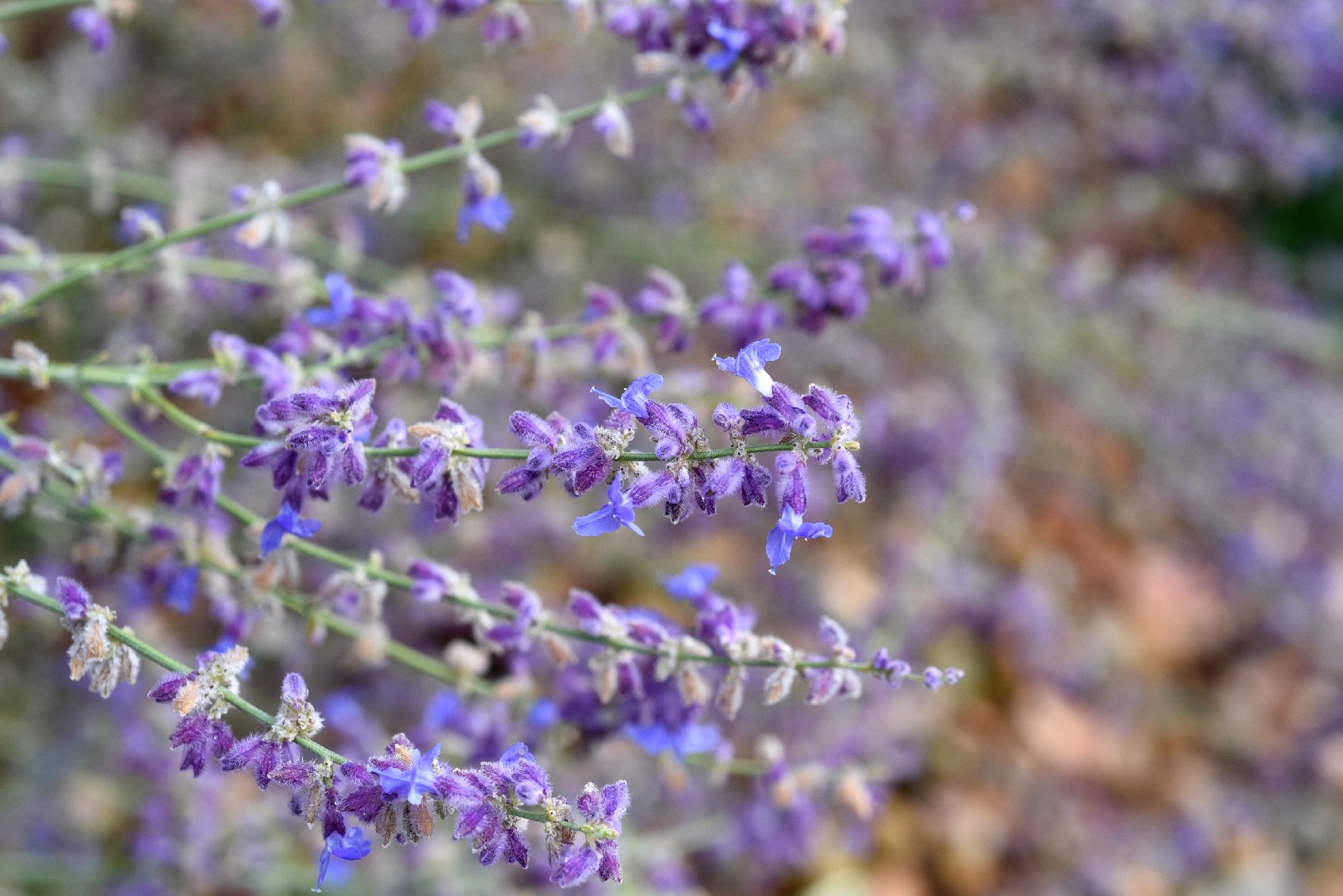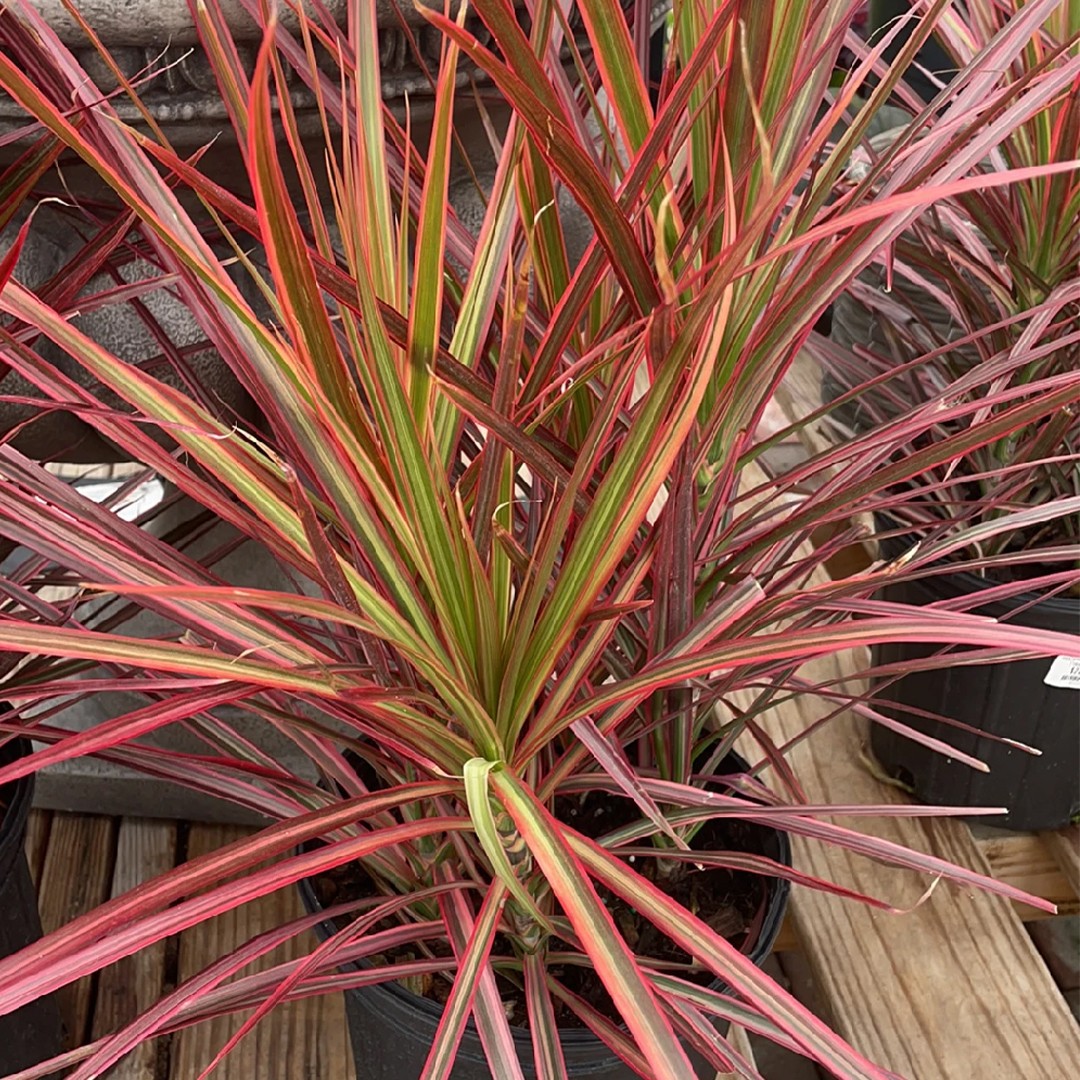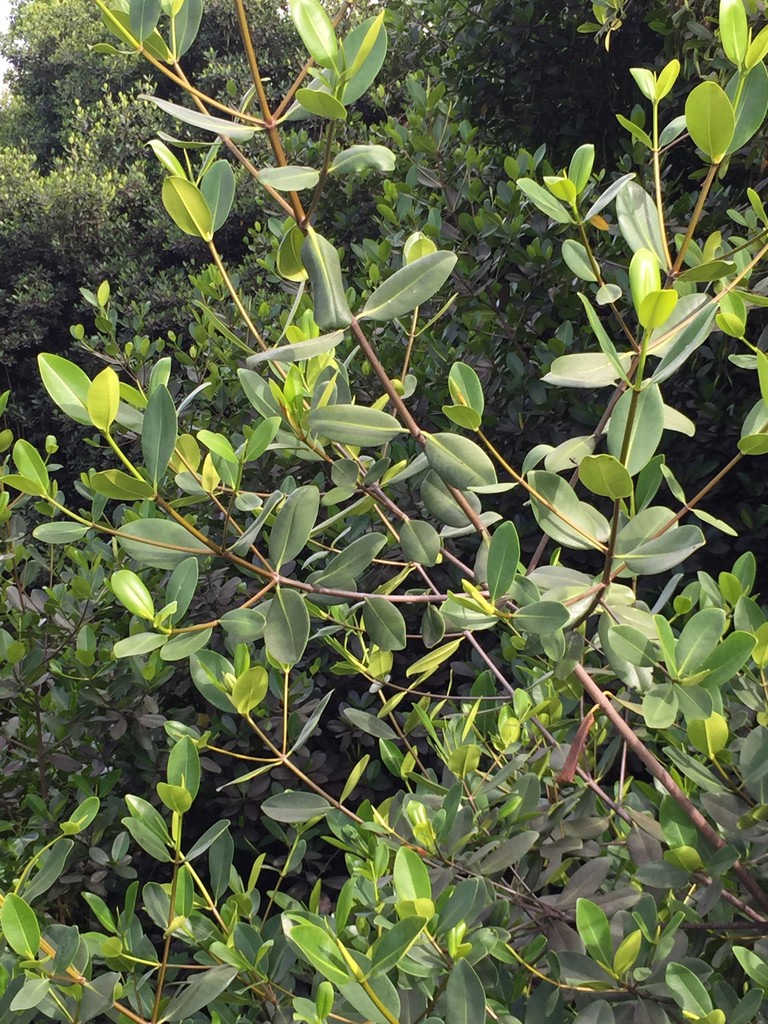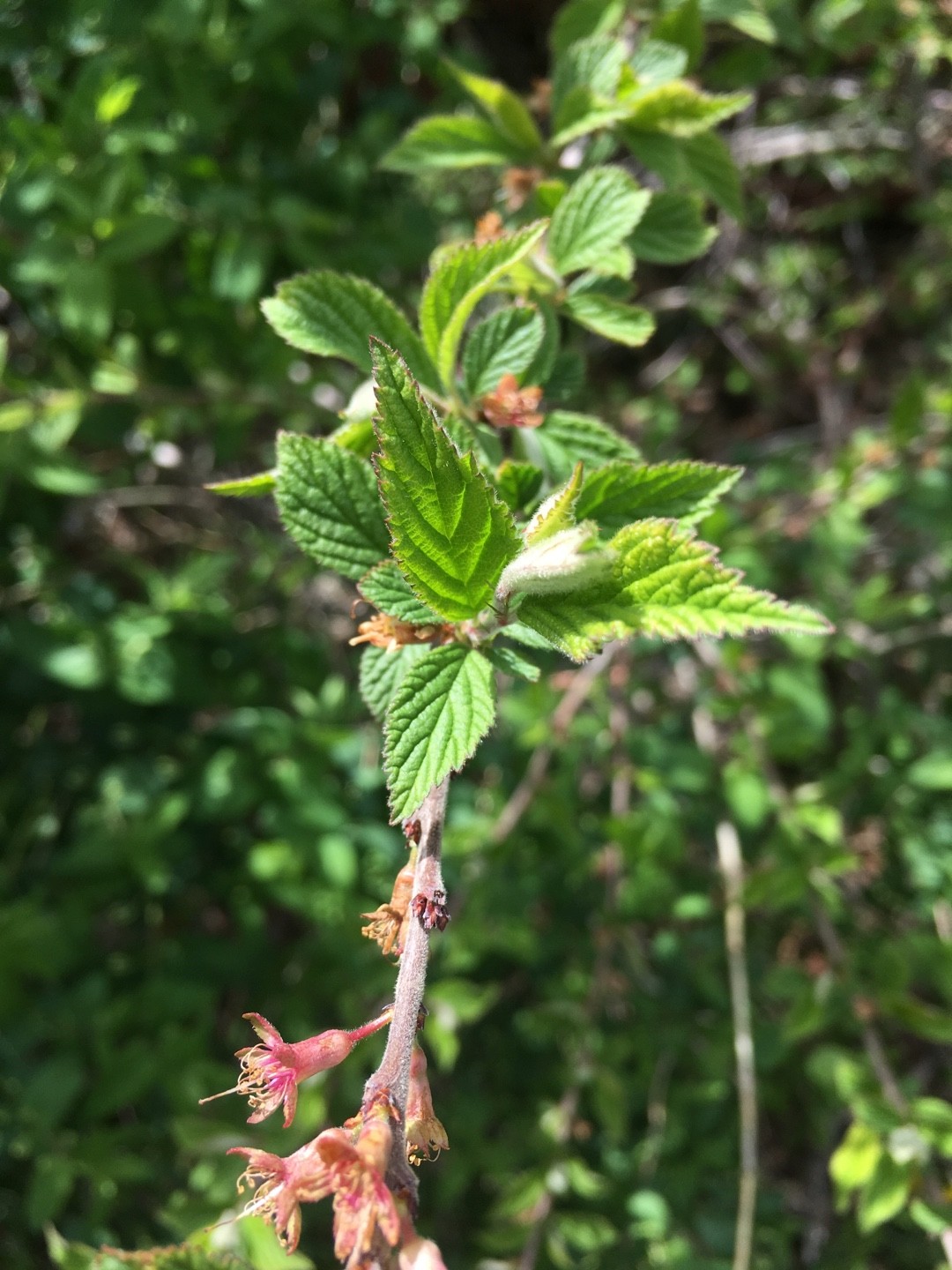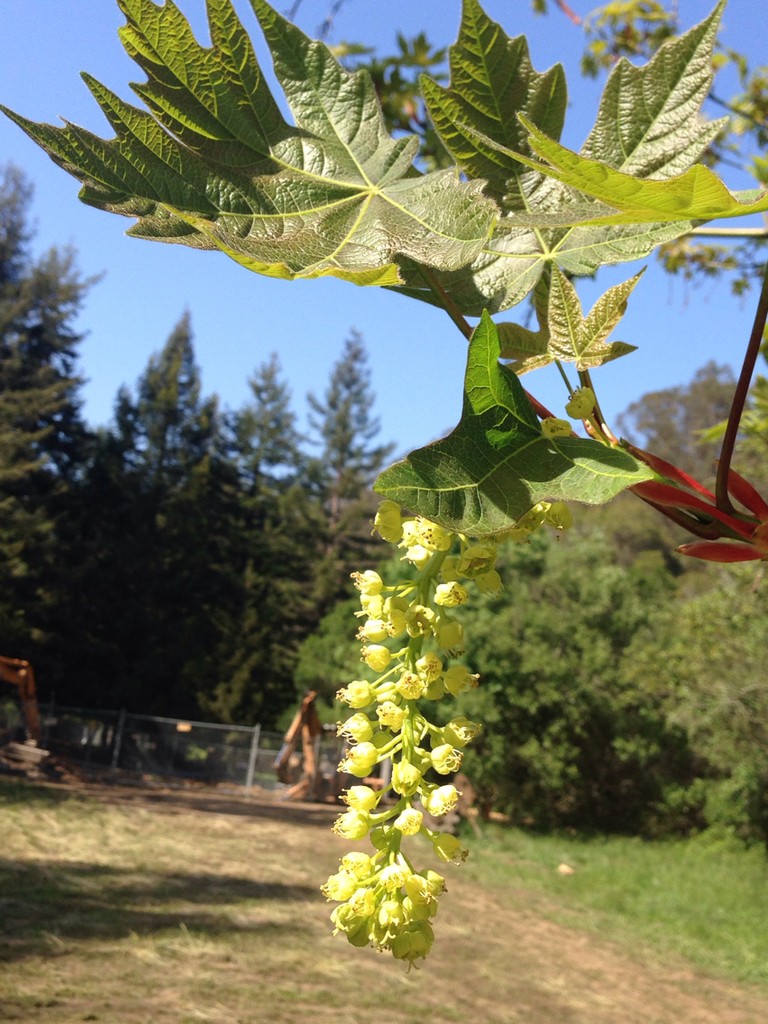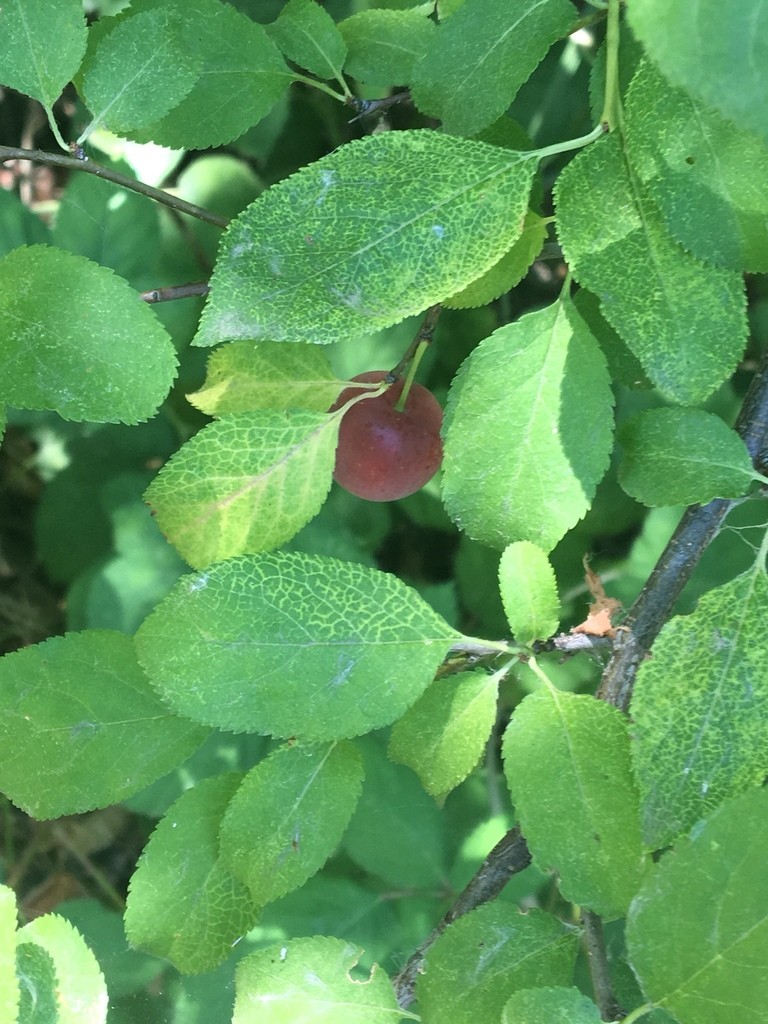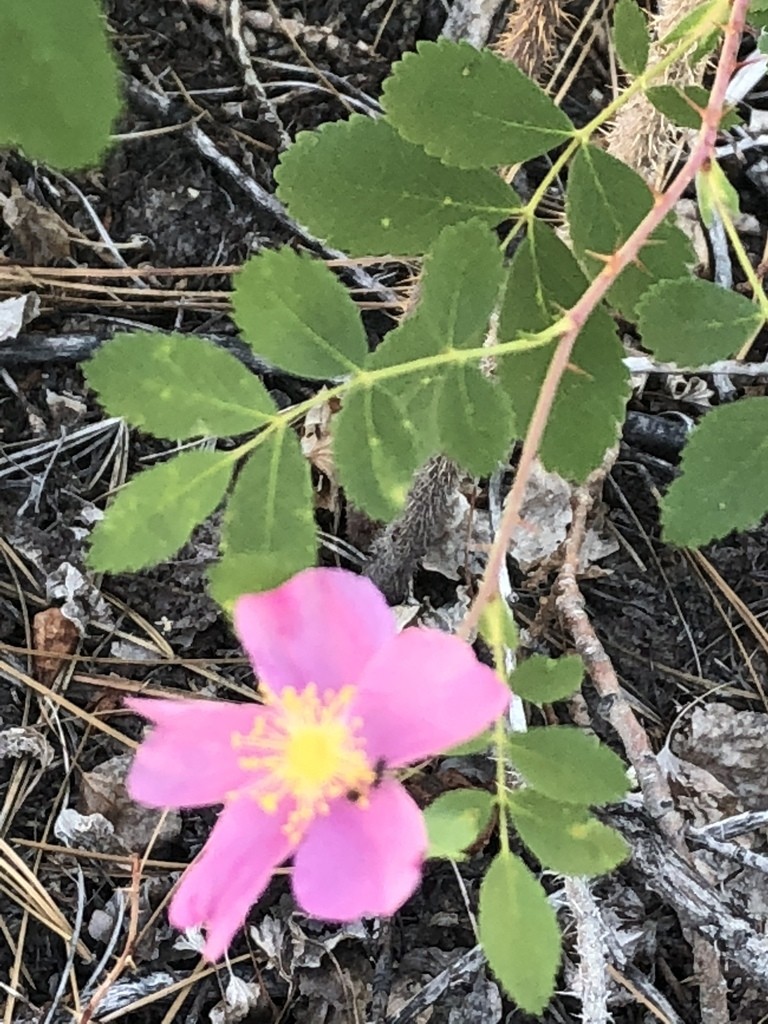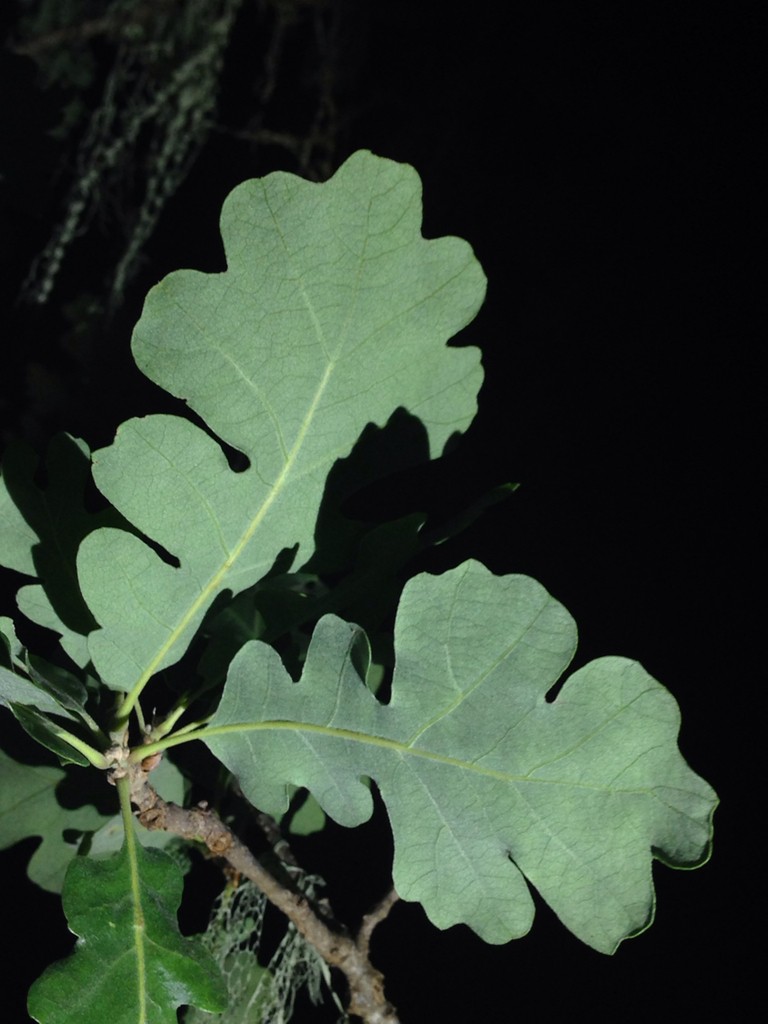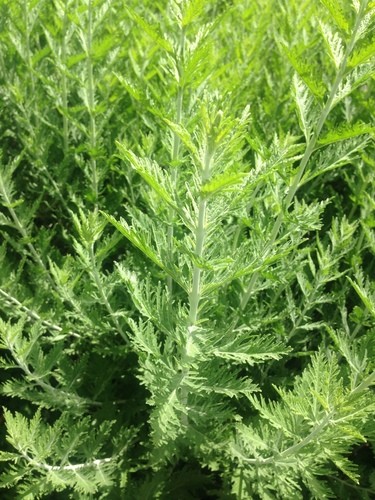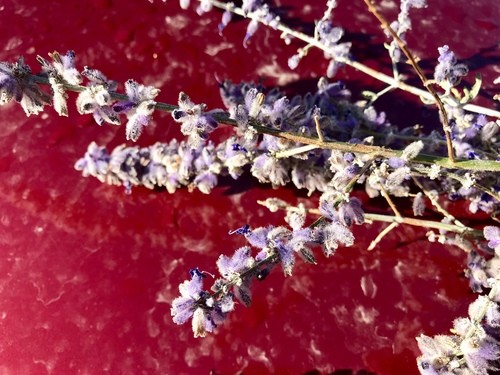Perovskia, or Russian Sage, is a sun-loving, drought-tolerant plant that thrives in well-drained soil. It requires full exposure to the sun and minimal watering, proving fairly warm weather tolerant. However, it's sensitive to overly wet conditions causing root rot. Common challenges include susceptibility to powdery mildew and leaf spots. Seasonally, perovskia benefits from spring pruning to encourage bushy growth, while it becomes dormant in winter, reducing the need for water. Regular maintenance across all seasons ensures it remains healthy and robust.
